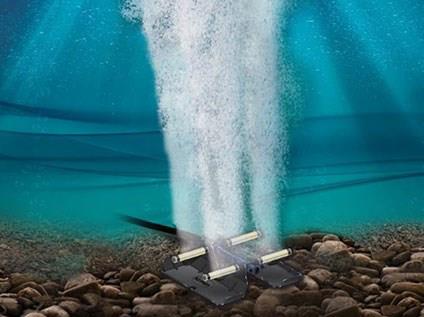Swan Lake is essentially a stagnant pond, without any surface levels inflows of freshwater. The local aquifer adds about 15% in freshwater each year with the balance of freshwater rising from rainfall.
Dissolved Oxygen is the amount of oxygen dissolved in lake water. Living organisms breathe in oxygen that is dissolved in the water. Dissolved oxygen is supplied to a lake from two main sources: plant and algae photosynthesis and diffusion from the atmosphere. In photosynthesis, plants use the sun’s energy to convert carbon dioxide and water into oxygen and cellular material (growth).
The measures of dissolved oxygen in Swan Lake, consistently fall into the poorest quality ratings of eutrophic or hypereutrophic, with recordings typically below 3 mg/L.
The city’s water quality consultant, Freshwater Research, notes that low oxygen levels can increase the amount of phosphorus released from the sediments at the bottom of the lake – contributing to the overall poor water quality.
The Friends of Swan Lake Park have asked city staff to develop a program for enhancing oxygen levels in the Lake in concert with its program for reducing phosphorus levels. Restoration and maintenance of higher oxygen levels is essential to restoration of a healthy aquatic habitat in Swan Lake.
Techniques such as oxygenation equipment, water circulators or pumping water from the lake through a bioswale through the northern channel are options the city should consider.


